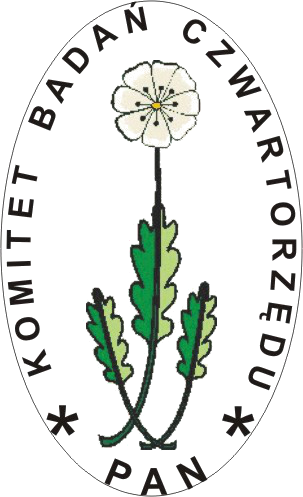Outline of history
The idea of integration of interdisciplinary studies of the Quaternary was born in the previous century and it was emanated at first in activities of the Committee of Research at Starunia, established by the Polish Academy of Arts in June 1929. This committee organized and carried through excavations at Starunia (at present in the Ukraine) that gained a full success that resulted in the idea to create a specific commission to comprise a whole spectrum of Quaternary research. A board of the Academy established such a commission on June 9, 1939 but the outbreak of the Second World War prevented to start its activity. Renewing of the commission was undertaken by a resolution of the All-Polish Assembly of Pleistocene Scientists, organized in March 1946 by the Polish Academy of Arts. Realization of this postulate was possible after establishment of the Polish Academy of Sciences. Due to efforts of Professor Władysław Szafer, the board of the Academy decided on February 2, 1954 to organize an interdisciplinary commission for Quaternary research that was active for 3 years, headed by its initiator. Organization of the 6th INQUA Congress in 1961 by Poland resulted in significant activation of Quaternary scientists in Poland and special organizational committee was chaired by Professor Władysław Szafer. At the end of 1957 he was the one who proposed to reactivate the interdisciplinary commission seated at Cracow. The Congress that occurred on August 28 to September 21, 1961 was commonly accepted as a great scientific success. It decided about integration of all Polish centers of Quaternary research, therefore consolidation of this experience and creation of suitable institutional structure was really a question of time.
Great input in establishing the Committee for Quaternary Research was done by Professor Stefan Zbigniew Różycki who was the first chairman of the Committee in 1964-1981 and then the honorary one.
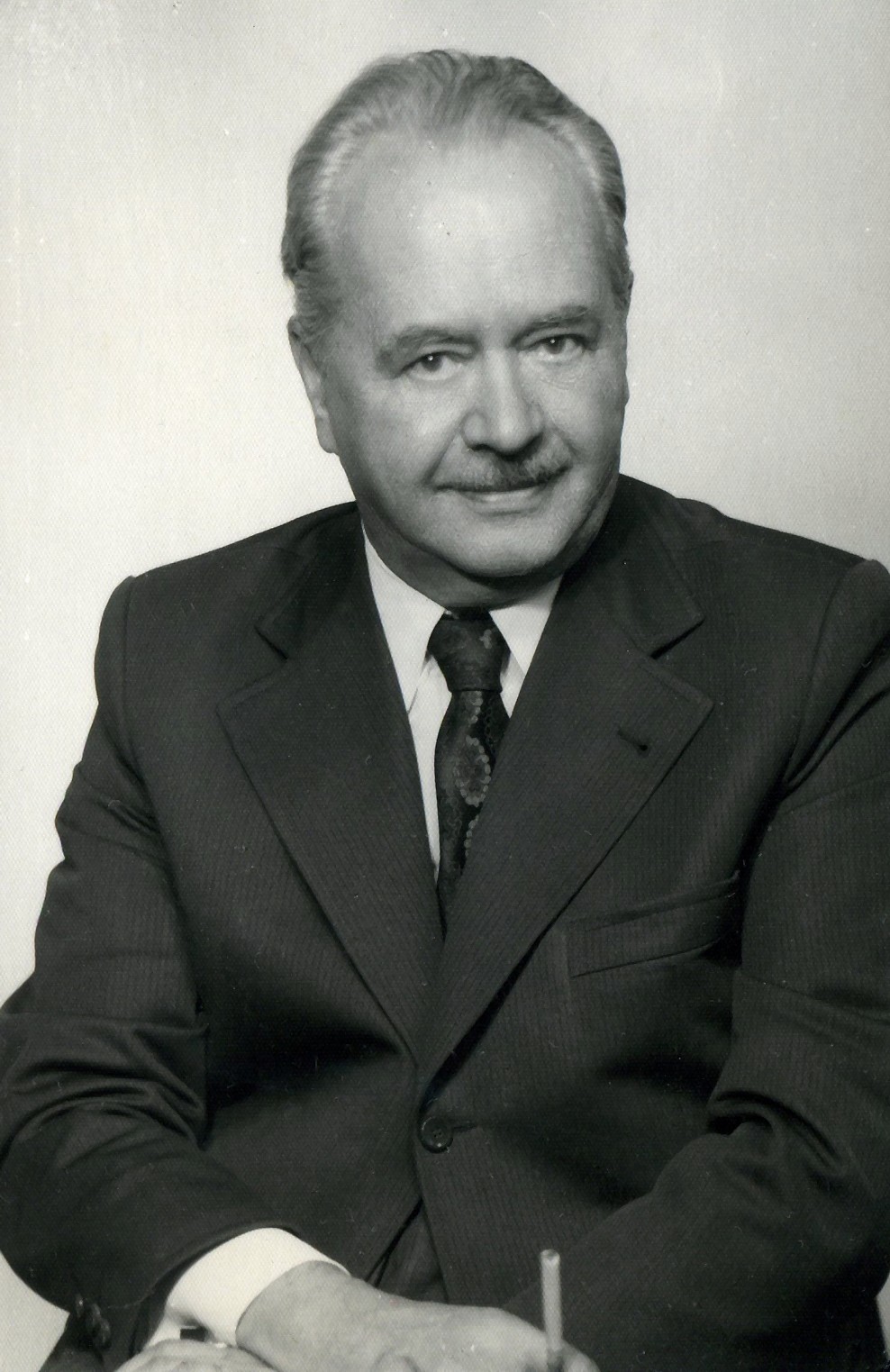
The next chairmen were Professors:
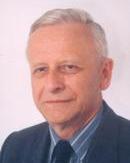 Leszek Starkel (1981-1993),
Leszek Starkel (1981-1993),
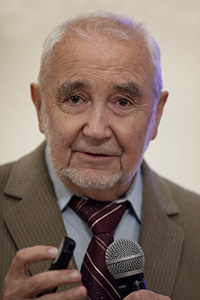 Stefan Witold Alexandrowicz (1993-2004),
Stefan Witold Alexandrowicz (1993-2004),
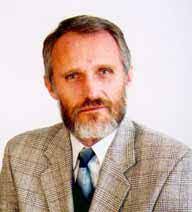 Leszek Marks (2004-2011 and 2016-2019),
Leszek Marks (2004-2011 and 2016-2019),
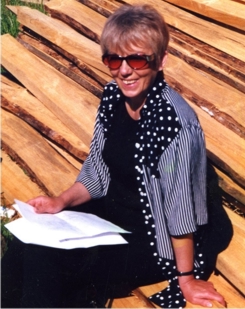 Krystyna Szeroczyńska (2012-2015)
Krystyna Szeroczyńska (2012-2015)
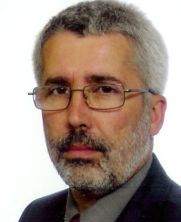 Currently, the chairman is Professor Zdzisław Jary (2020-2023).
Currently, the chairman is Professor Zdzisław Jary (2020-2023).
Basic tasks of the Committee for Quaternary Research comprise coordination of Quaternary investigation by the scientists of different disciplines (geology, geography, botany, zoology, archaeology, geochronology, pedology). The Committee has internal commissions linking scientists related to various topics. The commissions organize scientific session and conferences, problem schools and workshops. A number of every-year scientific events is from 4 to 14 (altogether over 300). One of its commissions was transformed into a separate scientific society (Society of Polish Malacologists).
In 1972-1992 the Committee was supported by funds from the Polish Academy of Sciences that enabled initiation and leading a research of the Quaternary in Poland. A positive effect was expressed by development of the geochronological laboratory in Gliwice, making dating of deposits a standard method in this country. Summaries of the Committee investigations were published from 1977 to 1992.
In 1979 a new interdisciplinary journal Quaternary Studies in Poland was established under the umbrella of the Committee. Its editors-in-chief were Professor Stefan Kozarski (1979-1996) and Professor Karol Rotnicki (1996–1999). After the change of its title into Studia Quaternaria in 1999 the editors-in-chief were: Professor Tomasz Goslar (2000-2011) and Professor Leszek Marks (since 2012).
Among the outstanding achievements of the Committee there were: realization and coordination of research on Quaternary stratigraphy, paleohydrology of temperate zone, climate change in the Holocene, human activity in the Quaternary, evolution of the Baltic seashore, paleolimnology, malacology, neotectonic and also complex examination of the stratotype section of laminated Late Glacial and Holocene deposits at Gościąż, standard pollen successions, complex investigations of loesses and Quaternary malacology. The Committee prepared and published principles of Polish stratigraphical classification and terminology of the Quaternary.
All these achievements resulted both in considerable progress in Quaternary studies in Poland and intensified international cooperation, including participation in international programs. A very fruitful was also bilateral cooperation with scientific centers, among others in Belarus, Czech Republic, Germany, Sweden, UK and Ukraine.
Activity of the Committee for Quaternary Research is a principal factor that has impact on progress and high standard of Polish studies of the last geological period. The Committee's activity is also focused on integration of researchers from various fields and scientific disciplines representing the main research centers in Poland. Thanks to this it is possible to conduct interdisciplinary research. The organized meetings, sessions and conferences enable the exchange of scientific ideas and the presentation of research results.
